Or 10,000 tiles
€86 per m2, or €12,000 for this lot.
Contact us for all larger surfaces.
16th, 17th or 18th century, all our tiles are carefully dismantled one by one, sorted, removed by hand, then loaded into pallet boxes. Handled with care, our BURGUNDY TILES are ready to live again for several centuries if your roof is maintained correctly and regularly.
Approximately 72 pieces are needed to cover 1 m2.
Sorted into 3 different sizes, they will offer alignment without clashes or shifts from row to row.
It would be risky to minimize this number of 70/72 rooms per m2 to save money; a lack of sufficient coverage could pose a problem in the event of heavy rain. More than 75 pieces per m2 is not really necessary.
The sizes depend on the tile factories where they were made.
14/15 x 22/23 for the smallest
16/17 x 24/25 for the most common
17/18 x 26/28 for larger ones
Originally from Côte d’Or, Yonne, Aube or Haute Marne,
the color of the clays used is based on the veins of clay from which the clay to model them was extracted. The range of colors goes from lighter to darker red. The mixing of shades in the same size is welcome.
Nothing is more attractive than a burnt bread-colored roof!
As far as Renaissance Concepts is concerned, we avoid the recovery of yellow or straw tiles, which are more fragile in our region because they are made from clay that is less resistant to cooking and is often sandy.
We can recommend fixing 3 or 4 tiles per m2 by screwing into the support battens through a simple hole made with a drill (tiles flat on sand and carbide drill)
This keeps everything together against sometimes violent gusts of wind.
Renaissance Concepts can, depending on its stock, provide the appropriate ridges, incredible in strength and resistance over time.
There is obviously no question here of planned obsolescence. A BURGUNDY TILES roof is expected to last 2 to 3 centuries if maintained properly. And even after total discovery, 70% of the tiles are recovered and reused.
We are sorry to see these municipalities filling the hollow paths with tiles in perfect condition of churches or municipal buildings, preferring the cheesy modern and talentless replicas programmed for a century-old use...
At your service for any further information.
Transport quote on simple request.
Little tip: To prevent moss on roofs, stretch a copper cable above the ridges. It’s radical and definitive! This will save you from having to use copper sulfate Vermorel every 2 or 3 years.
Some details: Our ancients let the molded tiles dry in the sun before cooking them over a wood fire. Domestic animals roaming around have left their traces. It is common to find paw marks from chickens, cats, dogs, pigs, and more rarely children's footsteps. Some are signed, dated, numbered. Some tile makers have made their notebooks of grievances or caricatures...






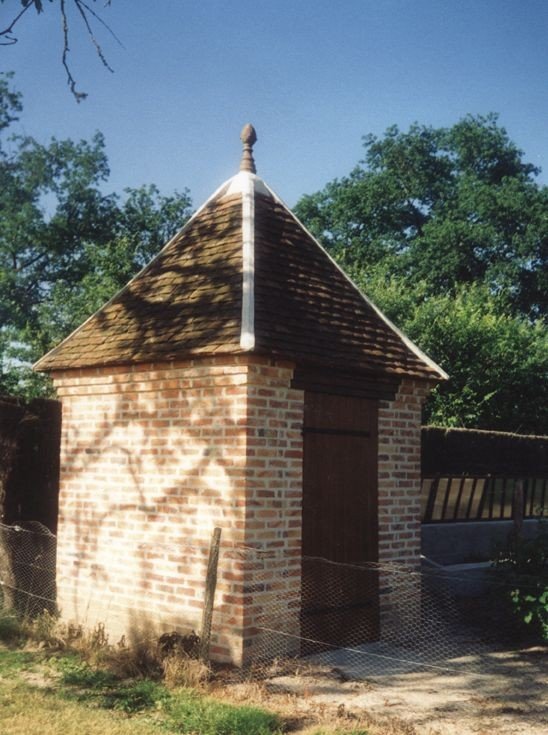







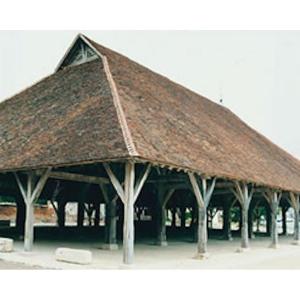












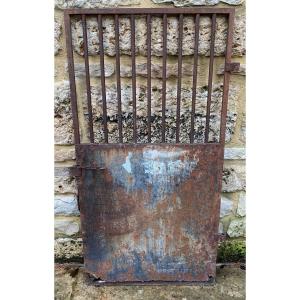







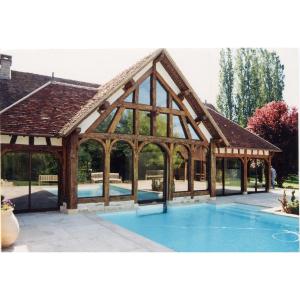
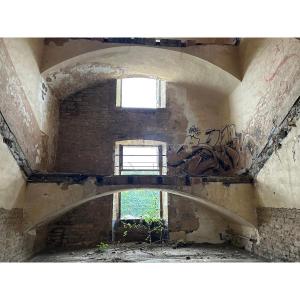


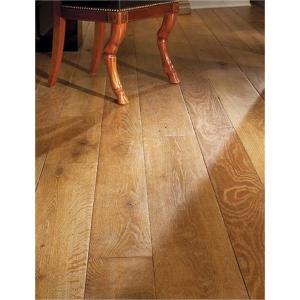

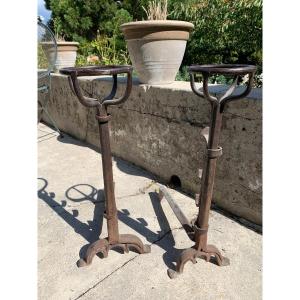
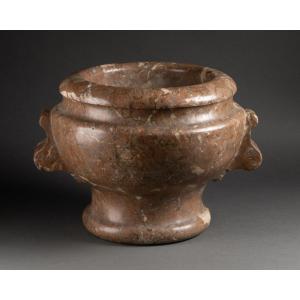







 Le Magazine de PROANTIC
Le Magazine de PROANTIC TRÉSORS Magazine
TRÉSORS Magazine Rivista Artiquariato
Rivista Artiquariato